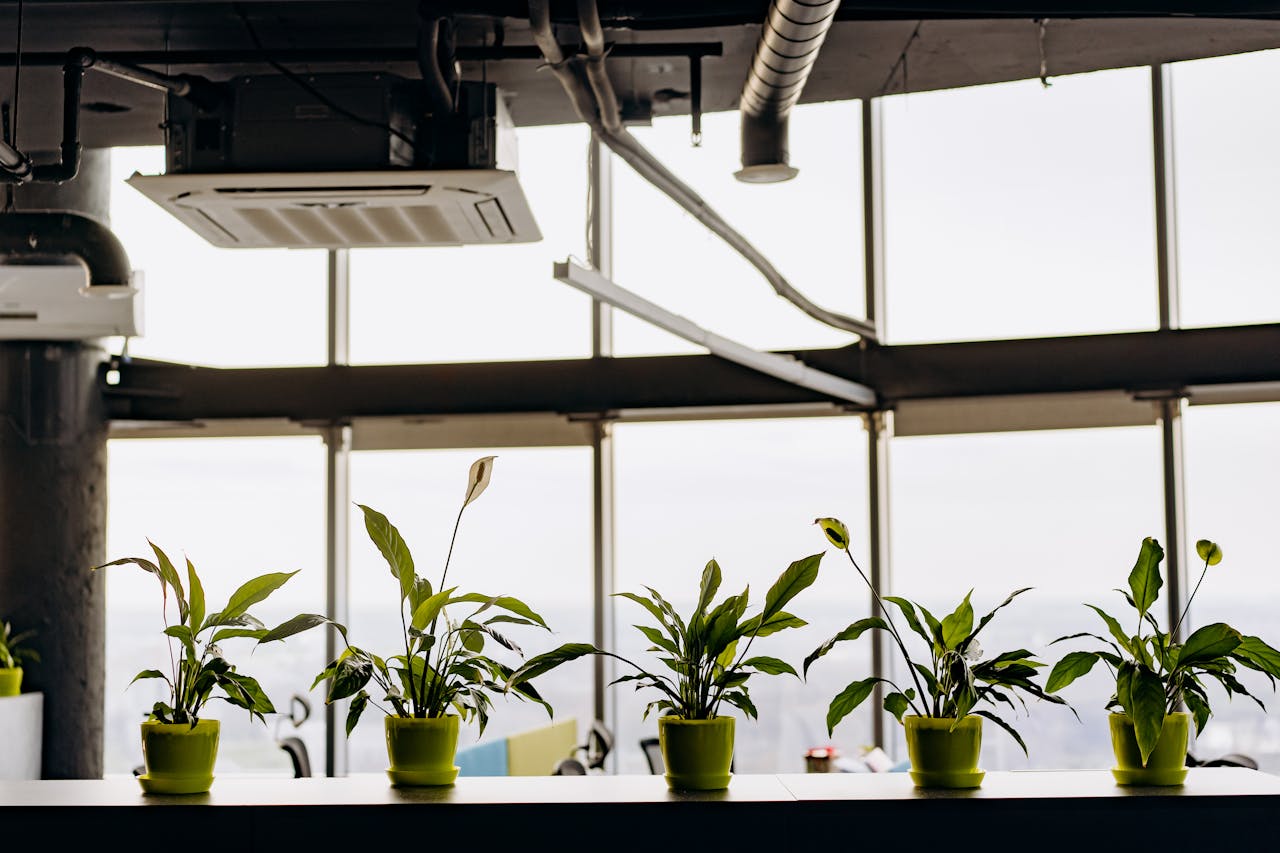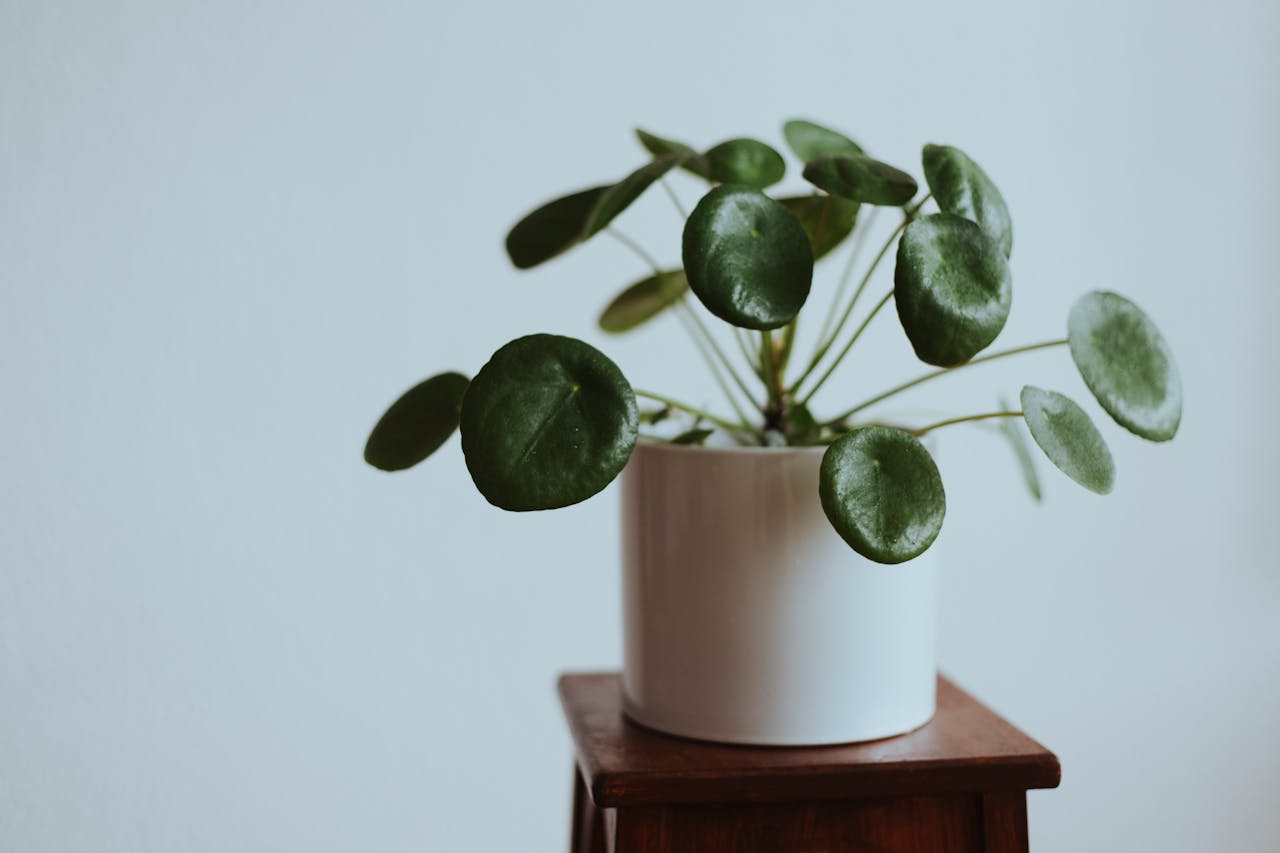Snake plants, also known as Sansevieria or mother-in-law’s tongue, are popular for their hardiness and air-purifying qualities. They thrive in a variety of conditions, making them ideal for both beginner and experienced gardeners. However, like all plants, snake plants require specific care to stay healthy, especially during hot weather. One critical aspect of their care is managing humidity. In this article, we will explore how to manage humidity for snake plants in hot weather, ensuring they remain vibrant and healthy.
Understanding Snake Plant Needs

Natural Habitat
Snake plants are native to West Africa, where they grow in arid and semi-arid regions. They are accustomed to dry conditions with infrequent rainfall, which makes them highly tolerant of low humidity. However, they still need some moisture to thrive.
Indoor vs. Outdoor Conditions
Indoor environments can vary significantly from the plant's natural habitat, especially during summer. Air conditioning, closed windows, and the use of fans can all affect humidity levels. Outdoor conditions, on the other hand, can become extremely dry or excessively humid, depending on your location.
Also Read- Snake Plant Care During Holidays: How To Keep Them Thriving
Signs of Improper Humidity

Low Humidity
- Brown Tips: One of the most common signs of low humidity is the browning of leaf tips.
- Crispy Edges: The edges of the leaves may become dry and crispy.
- Slowed Growth: Low humidity can cause the plant to grow more slowly than usual.
High Humidity
- Root Rot: Excess moisture can lead to root rot, especially if the soil does not drain well.
- Mold and Mildew: High humidity can cause mold and mildew to develop on the soil surface.
- Yellowing Leaves: Overly humid conditions can cause leaves to yellow and become limp.
Managing Humidity for Snake Plants

Ideal Humidity Levels
Snake plants prefer humidity levels between 30% and 50%. These levels mimic their natural habitat and are easily achievable indoors.
Monitoring Humidity
- Hygrometer: Use a hygrometer to monitor the humidity levels around your snake plant. These devices are inexpensive and can provide an accurate reading of the air’s moisture content.
- Visual Checks: Regularly inspect your plant for signs of stress, such as browning tips or yellowing leaves, which can indicate humidity issues.
Increasing Humidity
If you find that your indoor environment is too dry, especially during hot weather, here are some ways to increase humidity:
- Misting: Lightly mist your snake plant’s leaves with water. However, do this sparingly, as too much moisture can lead to fungal issues.
- Humidity Trays: Place a shallow tray filled with water and pebbles near the plant. As the water evaporates, it will increase the humidity around the plant.
- Grouping Plants: Grouping several plants together can create a microenvironment with higher humidity. Plants naturally release moisture into the air, benefiting each other.
- Humidifiers: Use a room humidifier to maintain consistent humidity levels. This is especially useful if you have multiple plants or live in a very dry climate.
Also Read- 6 Benefits Of Snake Plants In Children's Rooms
Reducing Humidity
If the humidity is too high, especially in hot and humid climates, take the following steps to reduce moisture levels:
- Ventilation: Ensure good air circulation by opening windows or using fans. Proper ventilation helps to reduce humidity and prevent mold growth.
- Dehumidifiers: In areas with high humidity, a dehumidifier can help maintain optimal levels for your snake plant.
- Watering Schedule: Adjust your watering schedule to prevent excess moisture. Allow the soil to dry out between waterings, as snake plants are drought-tolerant and prefer dry conditions.
Proper Watering Techniques
Proper watering is crucial in managing humidity for snake plants. Overwatering can exacerbate high humidity problems, while underwatering can stress the plant in dry conditions.
- Water Deeply, But Infrequently: Water the plant thoroughly, allowing excess water to drain out. Then, wait until the soil is completely dry before watering again.
- Check Soil Moisture: Use a moisture meter or stick your finger into the soil to check moisture levels before watering. The top inch of soil should be dry.
- Well-Draining Soil: Ensure your snake plant is potted in well-draining soil. A mix of potting soil, perlite, and sand works well to prevent waterlogging.
Seasonal Adjustments
Adjust your care routine according to seasonal changes. During hot, dry summers, you may need to increase humidity slightly, while in humid conditions, reducing moisture is key.
- Summer Care: In summer, indoor air conditioning can dry out the air. Consider using a humidifier or misting the plant occasionally. Avoid placing the plant near air vents.
- Winter Care: In winter, heating systems can also reduce humidity. Group plants together and use humidity trays to maintain moisture levels.
Placement and Environment
Where you place your snake plant can also impact its humidity needs.
- Avoid Direct Sunlight: While snake plants can tolerate low light, they can also handle bright, indirect sunlight. However, direct sunlight can dry out the leaves and soil quickly.
- Away from Drafts: Keep the plant away from drafts, heaters, and air conditioners, as these can cause sudden drops or increases in humidity.
Also Read- How To Repot And Propagate Snake Plants: A Step-By-Step Guide
Conclusion
Managing humidity for snake plants in hot weather is essential to keep them healthy and vibrant. By understanding their natural habitat and adjusting indoor conditions accordingly, you can create an environment where your snake plant thrives. Regular monitoring, proper watering techniques, and the use of tools like humidifiers or dehumidifiers can help maintain the ideal humidity levels. With these tips, you can ensure your snake plants remains a beautiful, air-purifying addition to your home throughout the summer months and beyond.













Leave a comment
This site is protected by hCaptcha and the hCaptcha Privacy Policy and Terms of Service apply.